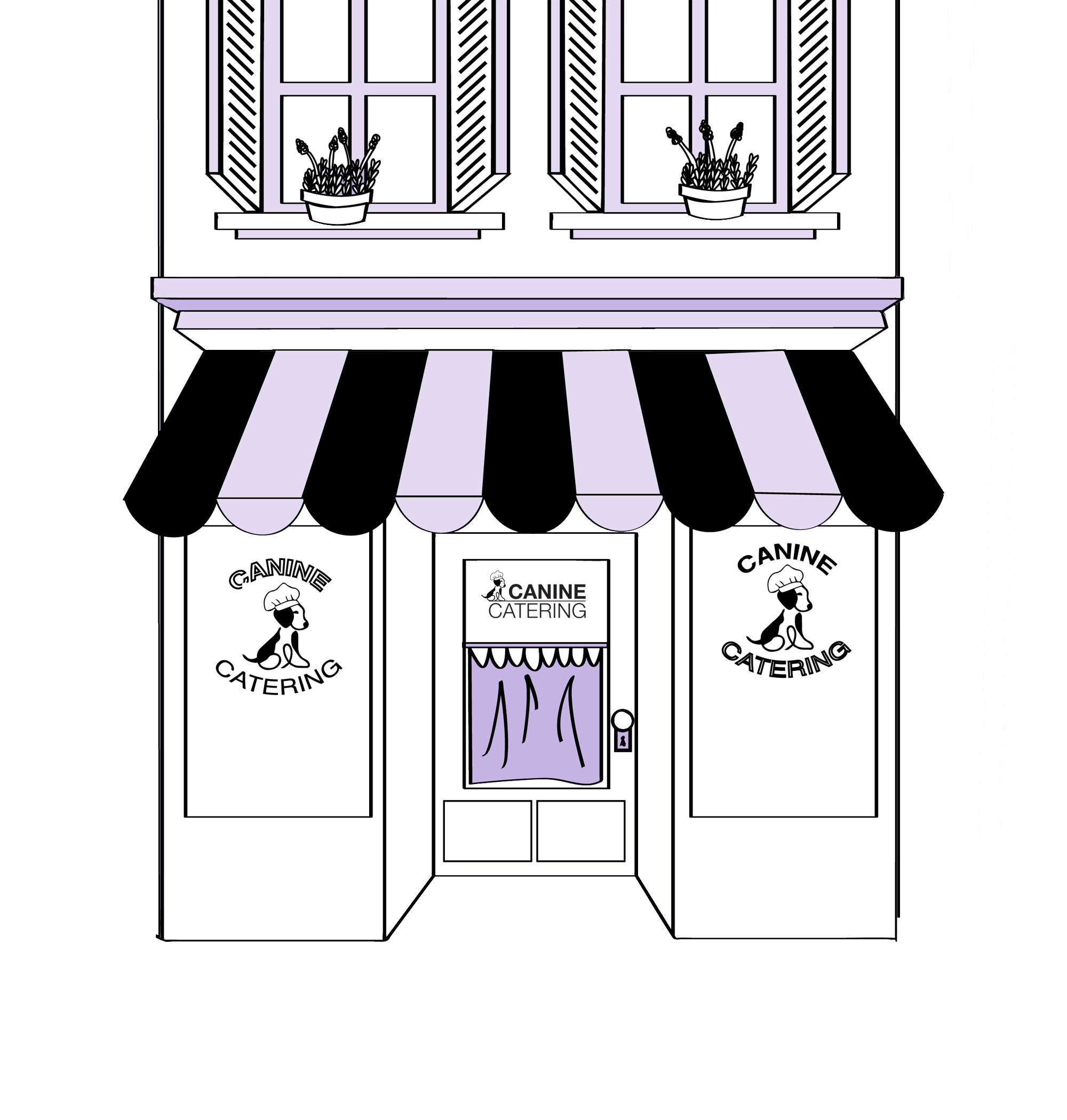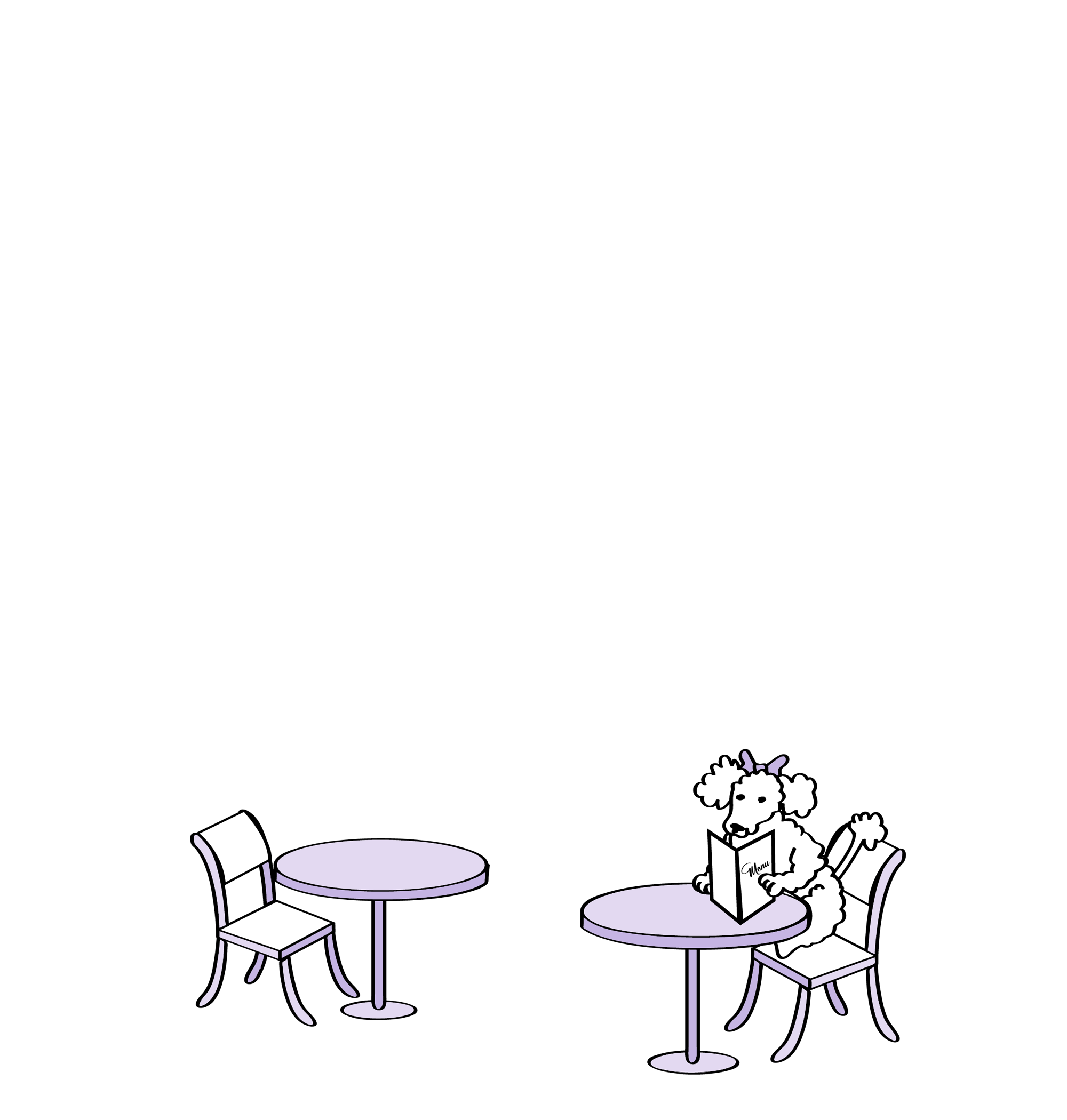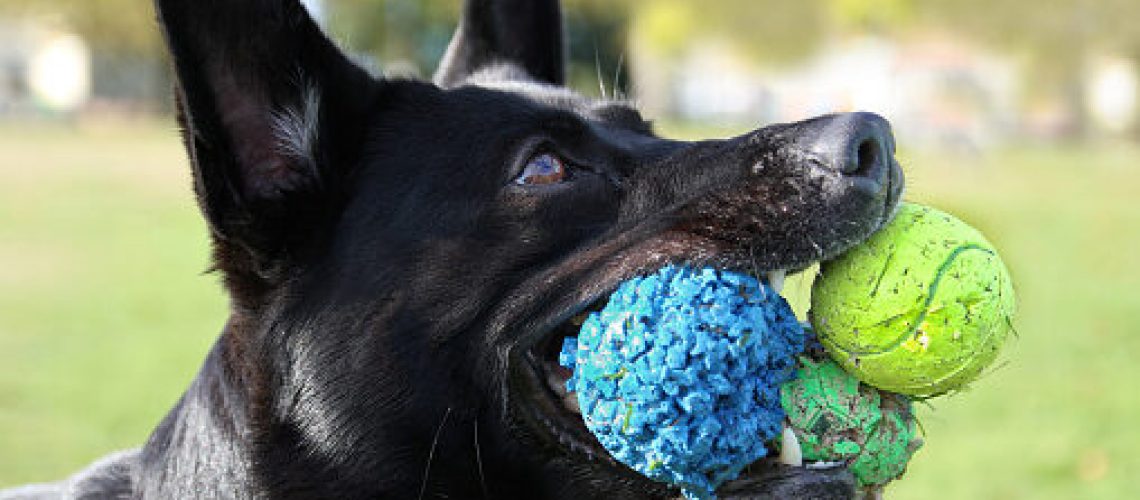Fetch! What’s not to love? There’s the thrill of the chase! The satisfaction of the catch! It’s playful, it can be social yet competitive, and it’s doing something with you, the Centre of the Universe. Who doesn’t feel the thrill of a job well done, plus praise and attention! This post is not about the many dogs who love a good ball game. This is for those that go overboard – sometimes literally – for a ball.
Many dogs are bred to chase, herd, and/or retrieve. Working dogs like border collies, and high-energy dogs, need a degree of mental stimulation and physical activity that can be hard to provide unless you have plenty of time and energy yourself. For most of us, throwing a ball is the obvious choice.
Ball-chasing releases adrenaline and endorphins, which is great. In short bursts. Repeated too long, a dog can become overstimulated and unable to switch off that heightened arousal. And when adrenaline is flowing, some dogs won’t even notice that they’re sore or injured, they’ll just keep going. Of course, repeated sudden sprints, sudden stops and turns, increase the risk of injury, and of wearing of joints over time.
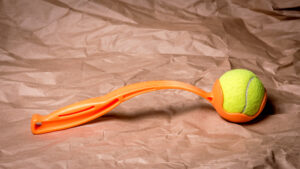 Ball-throwers/ball-chuckers are less effort for humans, and tire a dog faster when you’re trying to get back to work, or home before dark. But many a vet will bemoan the injuries that result. Running fast over longer distances increases the wear on joints and ligaments.
Ball-throwers/ball-chuckers are less effort for humans, and tire a dog faster when you’re trying to get back to work, or home before dark. But many a vet will bemoan the injuries that result. Running fast over longer distances increases the wear on joints and ligaments.
When Does Ball Play Become a Problem?
You can probably tell when your dog has become obsessed. Some signs may include:
- Anxiety or aggression when the ball is put away. Insistent barking to bring the ball out again.
- Ignoring other dogs who want to play. Ignoring other toys.
- Barking at you to throw the ball, even when they’re obviously tired
- Putting their all into the chase, every time, no matter what’s going on around them.
But your dog needs exercise, within a limited time frame as you have stuff to do too, so what about some solutions?
Keeping ball play as part of your routine
Like everything in life, moderation is key.
- Set Boundaries: Establish clear start and end times for fetch sessions. Use one command, such as “all done!” to signal when playtime is over.
- Mix Up Activities: Encourage your dog to enjoy other games, such as those listed below.
- Teach Impulse Control: Practice commands like “wait” or “leave it” to help your dog learn patience and self-control.
- Monitor for Overexertion: Always provide plenty of water and rest breaks. And keep an eye out for overstimulation, fatigue or injury.
Mix up the activities
- Hide and Seek: Sniffing is mental exercise for dogs. It engages the brain. Hide some treats and let your dog search them out. Or hide the ball. Or hide yourself! (Maybe not if you’ve an anxious dog). Click for our tips
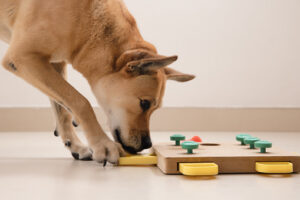
- Puzzle Toys: Some dogs can be entertained for hours trying to extricate the reward from a puzzle toy.
- Swimming: don’t force it, as some dogs just don’t like swimming. But for those who do, it’s great exercise: low impact on joints, builds strength and cardiovascular fitness.
- Training: Whether it’s tricks, obedience or Agility, the interest and concentration will give your dog a workout, mentally and physically.
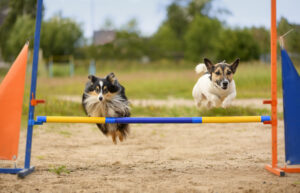
Got a ball obsessed dog? Share your stories and tips in the comments!
click to shop our gourmet meals
photo credit: Mark Schlicht

